HEALTH





Goal: A holistic, accessible system of care that builds agency and reflects community priorities so everyone thrives.
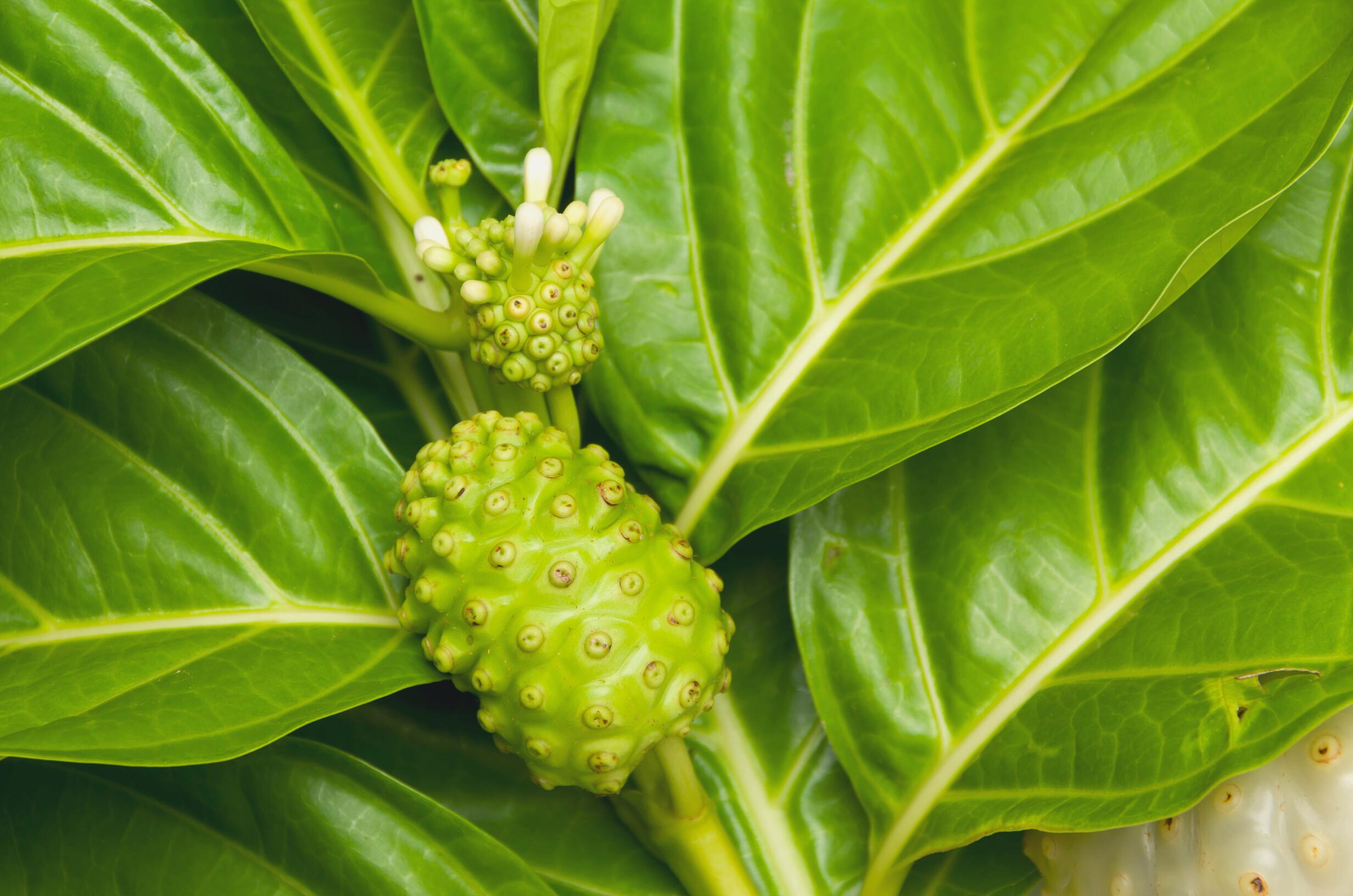
Noni juice may improve joint health, increase physical endurance, increase immune activity, inhibit glycation of proteins, aid weight management, help maintain bone health in women, help maintain normal blood pressure, and improve gum health
Blue Zones ʻ
Āina
Connection we have with one another OPPORTUNITIES
Medicine
Medical Training Programs
Education/Prevention/Awareness
Places/Spaces/ʻĀina
Native Intelligence
Whole Person Approach
Healthy Food
Collaboration
On Island Access
Equity x Health
Built environment supports health
Public policy that supports health
Personal Responsibility
Workforce Development
Holistic & Culture Based
Healthcare Options
Fixed Mindset
Social Determinants of Health
Lack of Integrated Effort

Beyond its ceremonial use, ʻava is commonly used in alternative medicine as a natural anxiolytic (anxiety-reducing) drug. It may also improve sleep in people with insomnia, often with fewer side effects than pharmaceutical or over-the-counter sleep aids
Incentivize enrollment into the Health Career Pathway for high school students and ensure access to resources to facilitate their education Fund on-island medical training programs focused on innovative practices that align with culture-based and holistic approaches and promote intern, practicum and residency opportunities
Establish a JABSOM satellite campus on Hawaiʻi Island

Promote whole mind, body, spirit (holistic) wellbeing that forwards culture-based healing pathways, heals trauma and allows for individual and collective ʻauamo kuleana
Invest in research and pilot studies to document the impacts of native practices on physical and mental health so that they are eligible to be included in Employee Assistance Programs
Increase on-island resources to recognize, manage, provide support for, and heal trauma and mental illness
Develop and implement a culturebased, holistic assessment and resource guide for physicians and practitioners to make referrals and connect their patients to Take best practices and lessons learned from the Blue Zones project and develop an ongoing initiative to promote and normalize healthy microhabits
There are many medicinal benefits provided by the entire ti leaf plant. The fragrant flowers are used to help asthma, while the steam from boiled young shoots and leaves makes a very effective decongestant. To help with injuries, warm stones were wrapped with ti leaf to serve as hot packs.

Kukui oil has high levels of poly and monounsaturated fats, linoleic and linolenic, vitamins C, D, E, and powerful antioxidants that provide topical benefits to skin and hair as well as the immune system and muscles.
Continuity of care for individuals: Prevention to Rehab
Safe and accessible Infrastructure and ability to have alternative types of exercise available, community outdoor space, built environment supports multi-modal transportation
Continuity of care for practitioners (having people facilitating that process and system)
Fund initiatives to support a variety of accessible healing practices

Hibiscus tea can help relieve conditions that include upset stomach, high blood pressure, bacterial infections and fever.
Health education, training, and provider options reflect indigenous, cultural, natural, and whole-person approaches and contribute to our community's physical, nutritional, mental, environmental, and spiritual health
Funding for prevention education in place to prevent high-cost care later in life
Increased opportunities to build capacity and develop our own health provider workforce
Clear communication and strategic management of programs reflect coordinated, collaborative effort so people are aware of and connected to opportunities
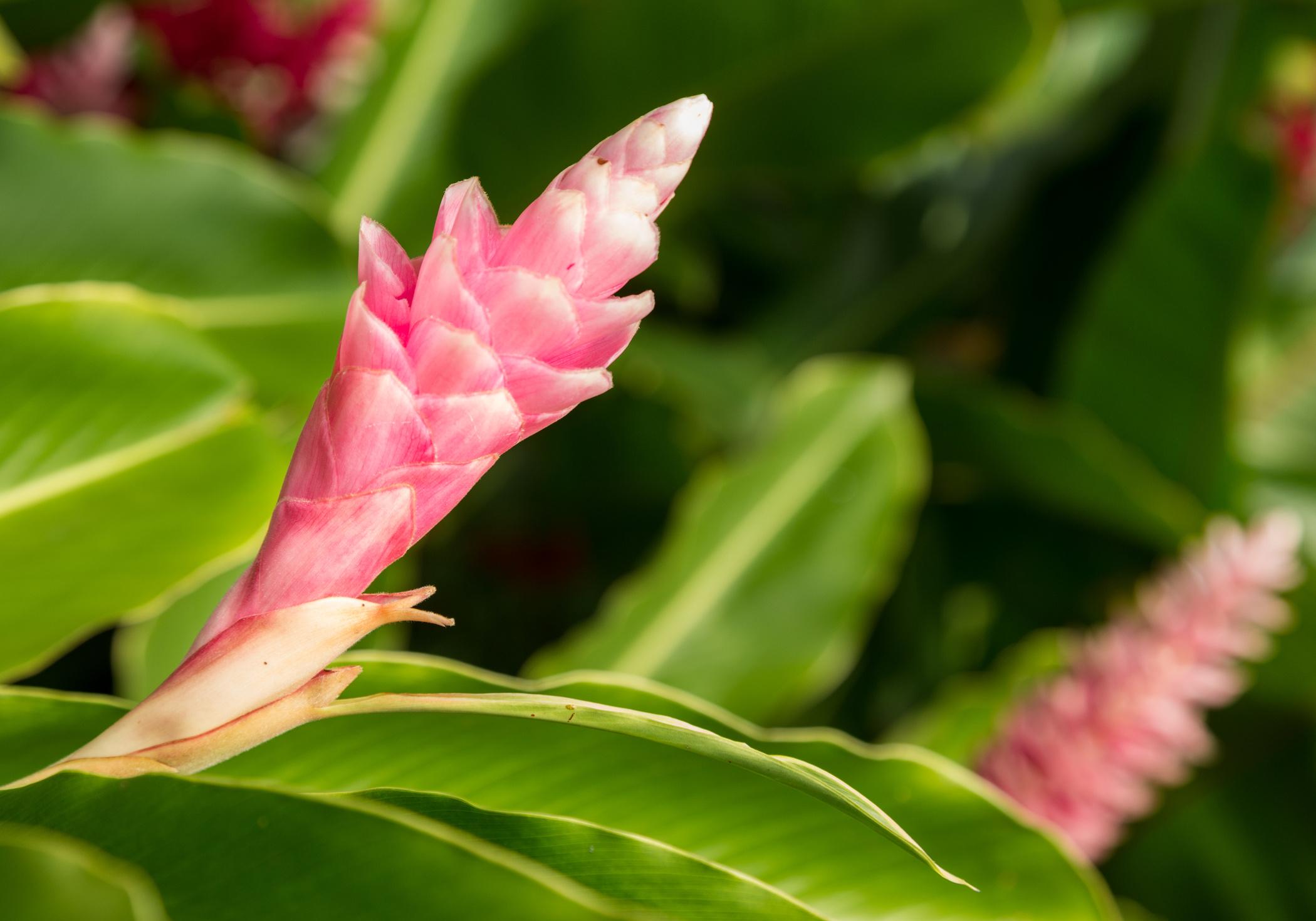
Ginger helps to settle an uneasy stomach, provides relief from throat and nasal congestion, and helps soothe soreness and overall joint pain.
H O W D O W E M A K E H E A L T H
A N D W E L L N E S S A N
E S S E N T I A L P A R T O F O U R
C O M M U N I T Y ?
Education awareness and building Agency and empowerment
Eliminate system barriers
H O W D O W E M A K E H E A L T H
C A R E A N D W E L L N E S S
O P P O R T U N I T I E S M O R E
A C C E S S I B L E T O M O R E
P E O P L E ?
Communication
Capacity and system building Bring it to the people
H O W C A N W E B U I L D T H E
P I P E L I N E F O R A H E A L T H
A N D W E L L N E S S
W O R K F O R C E ?
Strategic planning and coordinated action across sectors
Alternate pathways to the workforce and retention
Collaboration and communication
Education and skills training (K-12/Post-secondary)

Increase in education and training opportunities
Systems designed for success
Common language and common understanding
Change in Key Measures
Change in the workforce
'Olena is used to treat problems associated with problems of the skin and other organs due to its antimicrobial, anti-inflammatory, and anticancer properties.

We envision abundance. We envision economic opportunities that allow our children to thrive and providing them incentives to stay.
L I S T O F P R O J E C T S & T A C T I C S
F O R S E C T O R S T R A T E G I E S

Arranged within an ABCD lens: what we can do, what we need help with, and what we need others such as government, philanthropy, and industry to do
Incentivize enrollment into the Health Career Pathway for high school students and ensure access to resources to facilitate their education
Reach out to KS Scholars program to model after
Establish fund and process/criteria to access
Create badge/micro credential
Standing health workforce conference in our community that allows for networking, cross-training, sharing stories of innovation, and a career fair type expo where folks could gain access to different educational/career building opportunities
Fund on-island medical training programs focused on innovative practices that align with culture-based and holistic approaches and promote intern, practicum and residency opportunities
Obtain funding
Identify/Establish workgroup to support a focused effort in this area for the next 5 years
Establish baseline for existing programs
Establish mechanism for tracking program growth
Advocate for increased professional certification testing access be available on Hawaiʻi
Establish a JABSOM satellite campus on Hawaiʻi Island
Draft legislation
Identify partner to champion
Increased PD certification testing & courses on island
What We Need
to Do
LCSW Exam
CSAC Certification
Paramedicine certification
2) Promote whole mind, body, spirit (holistic) wellbeing that forwards culture-based healing pathways, heals trauma and allows for individual and collective ʻauamo kuleana
Invest in research and pilot studies to document the impacts of native practices on physical and mental health so that they are eligible to be included in Employee Assistance Programs
Secure partners
Obtain funding
Conducting and publishing research
Surveying already existing research and studies - potential for Literature Review
Increase and maintain existing on-island resources to recognize, manage, provide support for, and heal trauma and mental illness
Identify/Establish workgroup to support a focused effort in this area for the next 5 years
Establishing baseline for existing programs and providers
Establishing mechanism for tracking program/provider retention and growth
Offer (and eventually require) mental health and trauma training of all degree programs in the “helping” professions
Education opportunities for HR professionals to include trauma and mental health as professional development
Develop and implement a culture-based, holistic assessment and resource guide for physicians and practitioners to make referrals and connect their patients to
Research other culture-based, holistic assessments used by other communities
Create a working group of service providers and cultural practitioners to develop and implement a culture-based, holistic assessment and champion the partnership
Identify institution to provide guidelines/best practices for client safety, confidentiality, etc. for practitioners
Establishing baseline for currently used assessments used by service providers on-island
Conducting community survey/assessment to identify practitioners providing services on-island
Work with training/educational institutions (especially those who train on-island) to include culturebased, holistic healing embedded in existing curriculum
Create an interdisciplinary experience specifically on culture-based healing
Partner with accreditation organizations to provide continuing education opportunities on culturebased healing
Include on patient intake/screening questions on holistic healing practices
Take best practices and lessons learned from the Blue Zones project and other culturally-grounded wellness models and develop an ongoing initiative to promote and normalize healthy micro-habits
Create working group to identify best practices from BZP and other wellness models
Survey for and partner with others doing this work
Creating campaign (media, social media, radio, etc ) and find “spokespeople”
Month-long kick-off (i.e. May is Mental Health Awareness Month)
Creating a health “challenge” with prizes that gets families and workplaces to participate
Creating collateral (magnets, stickers for reminders) for distribution to homes and workplaces
Create an app or a podcast that promotes local and culturally grounded wellness
Increase access to safe places to go for walking and exercise
Support and further work done by local farmers, ranchers, CSA folks, farmers markets, etc to make fresh food grown on-island available:
Fund programs to make more of these on-island grown foods available to The Food Basket and other social service organizations.
Investigate a farmers market delivery program (Example: EH Farm to Car)
Develop and promote the adoption of universal policies that allow for alternative care providers and volunteer responders to deliver patient care within their working capacity
Invest in the development of retreat facilities and rehab centers
Create a network of physicians where they can familiarize themselves with other providers and their capabilities
Increase education/shadowing/residency opportunities where young physicians can be introduced to facilities
Safe and accessible Infrastructure and ability to have alternative types of exercise available, community outdoor space, built environment supports multi-modal transportation
What We Need Others to Do
Prioritize the use of County Parks and Recreation facilities for physical fitness activities
Public-private partnership utilizing current facilities to create organized structured activities for all ages and abilities, with guided leadership to improve physical and emotional health
Prioritize affordable and reliable transportation
Affordable and reliable broadband for access to tele-health and training opportunities
Designate GE Transportation Surcharge to increase safe transportation options in mass transit and individual movement
Continuity of care for practitioners (Ongoing Professional development and capacity building)
What We Need
Practitioners from all types of care to collaborate in patient care
Create a pipeline of communication between holistic, cultural and western medical practitioners
4) Fund initiatives to support a variety of accessible
Health education, training, and provider options reflect indigenous, cultural, natural, and whole-person approaches and contribute to our community's physical, nutritional, mental, environmental, and spiritual health
Identify what education and training programs are already in place and what is working/needs improvement
Identifying the number of successful providers practicing holistic care
Secure funding for cross-training and apprentice programs
Funding for prevention education is in place to prevent highcost care later in life
Identifying what prevention programs are already in place and what is working/needs improvement
Secure funding
Increased opportunities to build capacity and develop our own health provider workforce
Identify/Establish workgroup to support a focused effort in this area for the next 5 years which includes representatives from all stakeholder groups (medical, academic, cultural, community)
Create a comprehensive guide to existing healthcare workforce development across the continuum (K-12, post-secondary, licensure)
Clear communication and strategic management of programs reflect coordinated, collaborative effort so people are aware of and connected to opportunities
Create and administer survey to establish baseline for population level data regarding awareness of and access to a variety of healthcare and wellness opportunities by June 2022
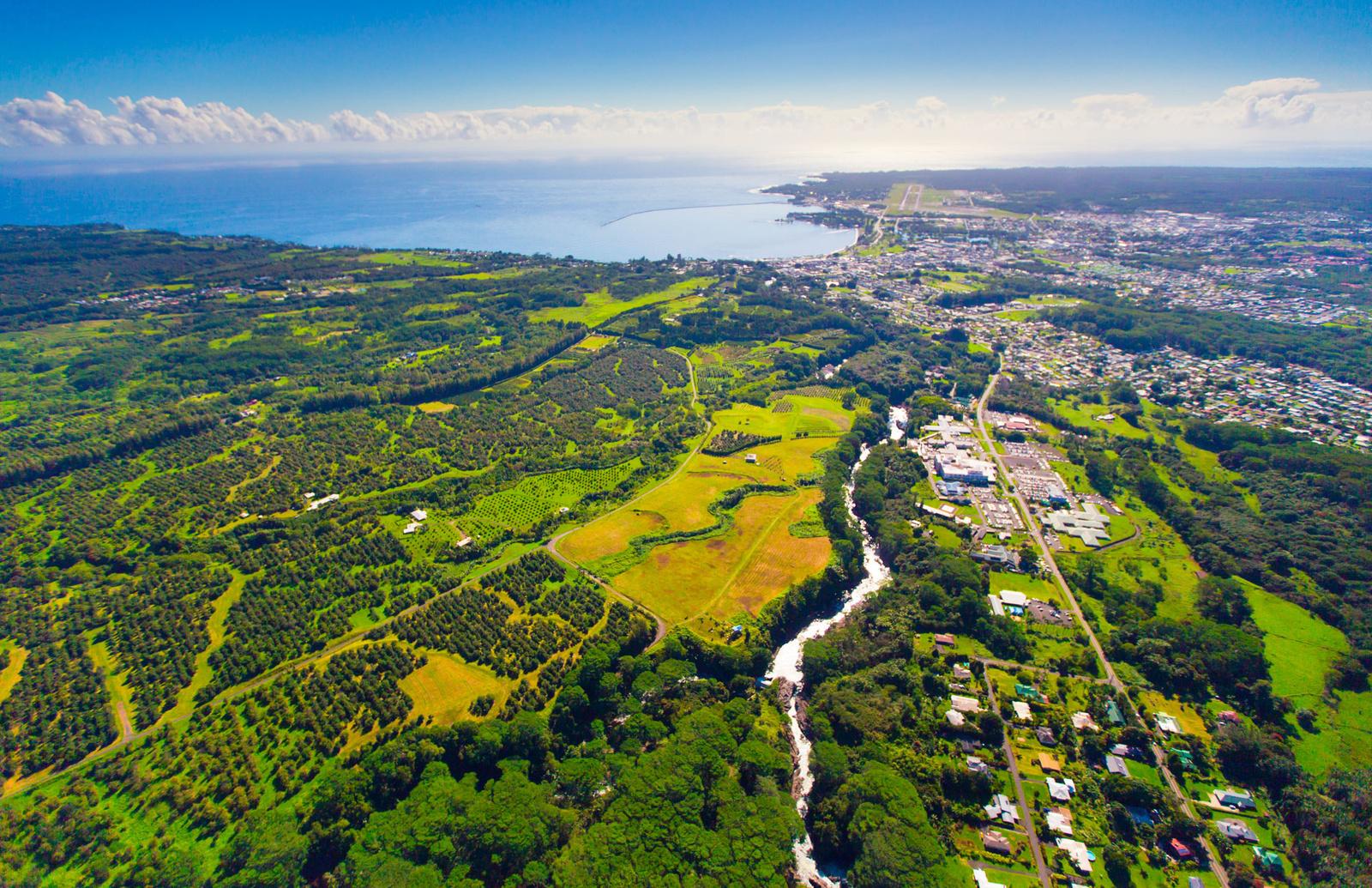
This strategy is designed to foster collective action. While priority projects are identified, everyone is encouraged to select a tactic or project that resonates, join (or create!) a core team, and work to implement. Core teams will be empowered with a goal setting framework and evaluative and feedback tools to ensure sustained and measured progress.
Convene and guide the Core Team to reach 90-day Key Results.
Commit to the success of the initiative: plan, design, launch, evaluate, iterate, and scale. Contributors must have bandwidth (time) and capacity to commit to a 90day action timeline focused on key results, organizational commitment and alignment, vision for transformation, and a willingness to take risks and weather small failures.
Supportive community partners who are relied upon to share their knowledge, perspectives, and to bring thought partners into the process.
For folks who are not ready to jump into a Stream - but want to learn more - Vibrant Hawaiʻi hosts quarterly CONFLUENCE. An open meeting where all Streams come together to share the outcomes of the last quarter and opportunities to contribute to activities in the next quarter.
The Economy Stream co-chairs will lead efforts to conduct quality, on-going evaluation of Core Teams formed to implement Action Plans for this economic development strategy. The purpose of this evaluation is to document objective performance measures and intended outcomes of the identified activities.
Utilizing both quantitative and qualitative methods, co-chairs will develop a way to help Core Teams monitor their progress and ensure that they are meeting their 90-day Key Results.
Process evaluation provides assessment of project implementation efforts. As indicated in the Logic Model (page 4), each activity will have identified Outputs (direct tangible results) with corresponding performance measures included as Outcomes (short-term, positive impacts on the community) that can be measured within a one year period. Outcome evaluation is primarily concerned with the efficacy of the project, which is outlined in the Logic Model as Waypoints (population level indicators) and the Scorecard (indicators that tell us how well we are doing in our journey toward a vibrant Hawai'i). The combination of these tools will effectively assist in assessing the overall effectiveness and impact of this Economic Development Strategy and Action Plans.
This evaluation effort will be enhanced by qualitative information through observation of program activities, site visits, interviews with Core Teams and stakeholders, and focus groups with residents; all of this will tell us how well activities are meeting anticipated outcomes.
White papers and data dashboards will be an option for communicating and visualizing the ongoing progress of the activities within this strategy.
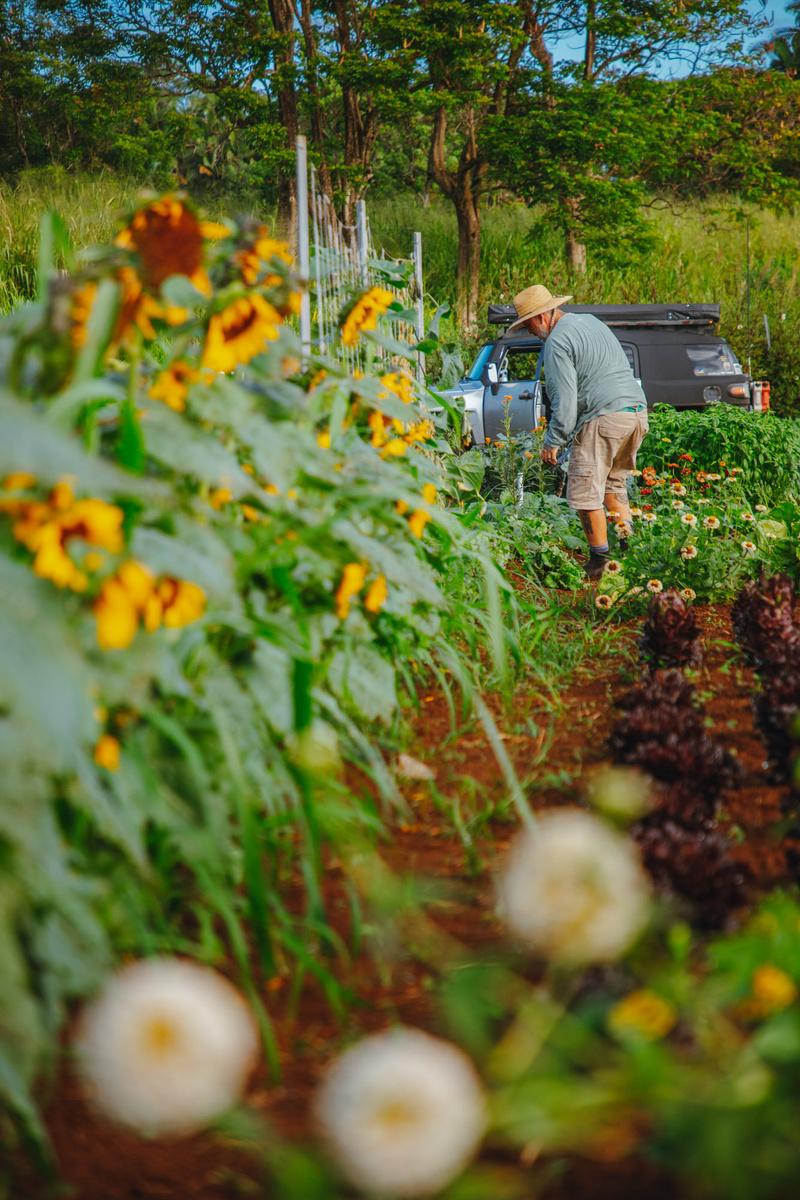
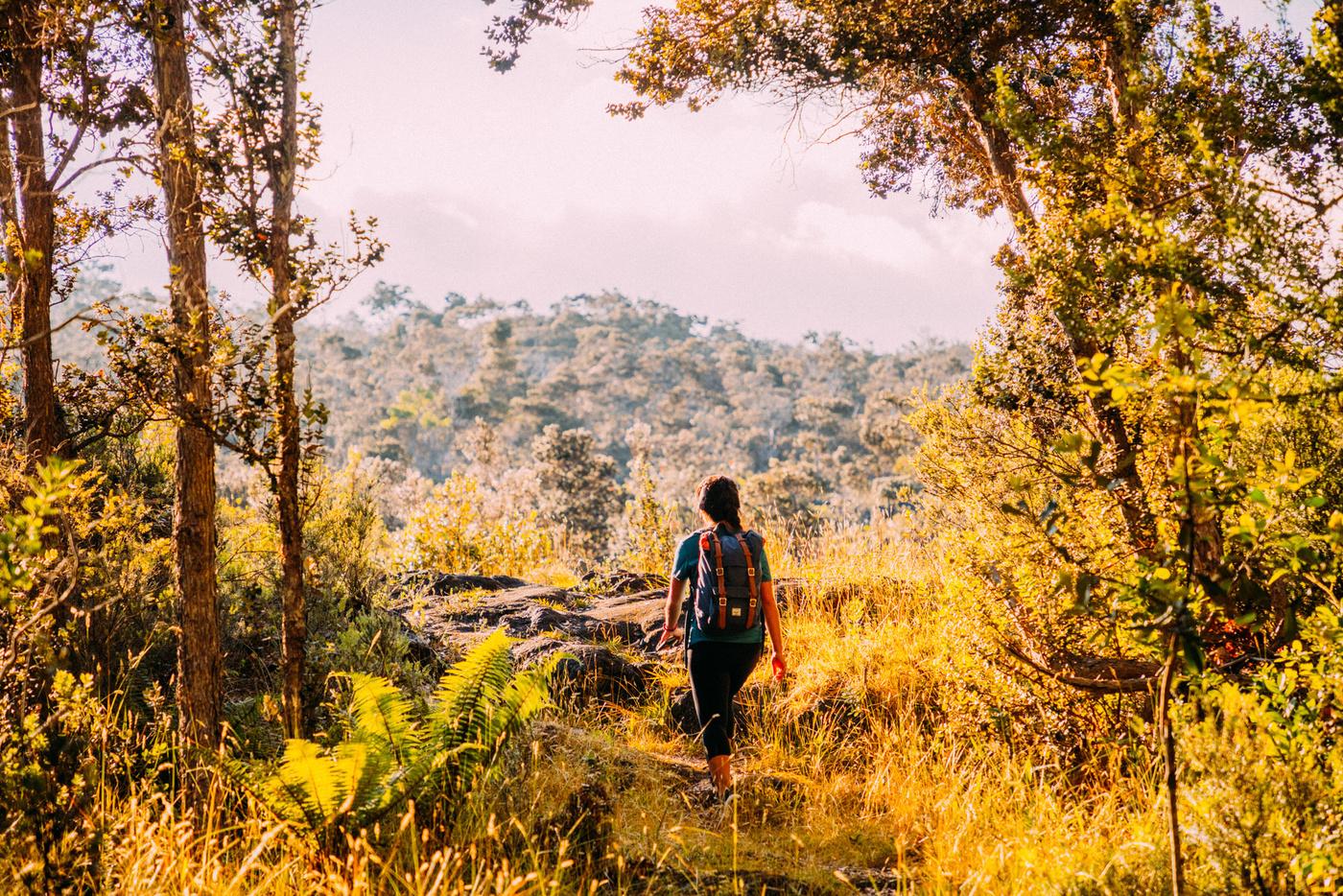
Vibrant Hawai‘i is a growing community that commits to individual and collective ‘auamo kuleana to increase equitable opportunities to build wealth: an abundant reservoir of human, social, natural, and financial capital that we contribute to and draw upon.
We envision a resilient community connected and empowered to care for each other in times of disaster.

We envision an engaged citizenry that contributes to a Vibrant Hawaiʻi.

STRATEGIES FOR HAWAI‘I ISLAND

